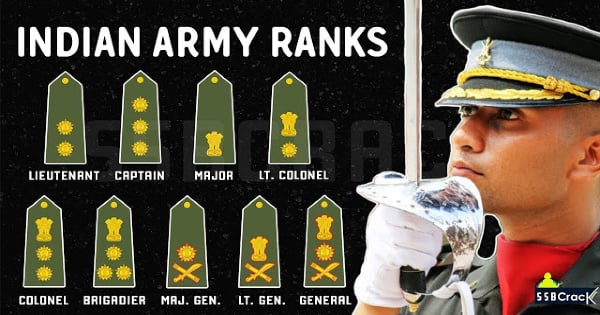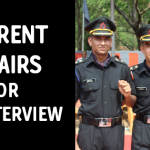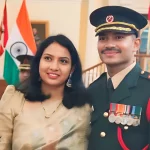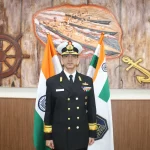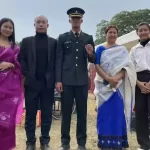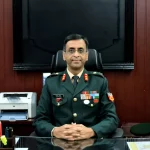When it comes to the organization that the Indian population trusts the most then only the name of the Indian Army comes into the mind both emotionally and literally. In a recent survey, it has been found that the Indian Army stood tall among other departments and organisations in India. It is that esteemed organization that stays in the vanguard when it comes to serving our nation, both in the time of active wart and peace. The Indian Army is the third largest standing army among the world’s armies while consisting of approximately 1,325,000 troops in the active duty while 2,143,000 being kept in the reserves. Each year lakhs of candidates apply for various posts in the Indian Army in various services and corps to serve as a Jawan and thousands go through the prestigious SSB interview technique for entry into the commissioned ranks as officers.
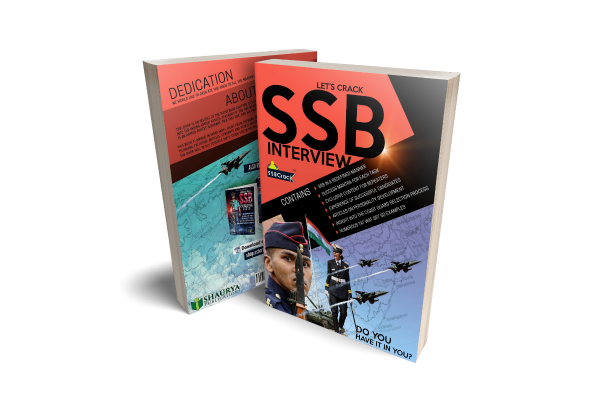
The troops and officers in the Indian Army can be categorised into the three categories and they are Commissioned officers, JCOs or Junior Commissioned Officers and NCOs or Non- Commissioned Officers. Let’s find out who comes under these categories and how can you recognize them when you encounter them in public life or on social media.
Commissioned Officers:
- Field Marshal
Insignia – The Field Marshal wears shoulder insignias of the national emblem over a crossed baton and a Saber in a lotus blossom wreath.
The rank of the Field Marshal is the highest rank that anyone can reach up to in the Indian Army. It is a ceremonial rank or a wartime rank. Till today, only two officers have received the esteemed stature of being elevated to the rank of Field Marshal are Field Marshal SHFJ Manekshaw and Field Marshal KM Cariappa.
- General
Insignia – The Chief of Army Staff or the General of the Indian Army wears the national emblem over a five-pointed star, both over a crossed baton and saber as his shoulder insignias.
This is the highest rank that can be held by an officer of the Indian Army in the normal circumstances apart from the rank of the Field Marshal. Usually, the Chief of Army Staff (COAS) holds the rank of General
Present COAS – General Vipin Rawat
Retirement – After 3 years as the COAS or at the age of 62, whichever may come earlier in the order.
- Lieutenant General
Insignia – A Lieutenant General of the Indian Army wears the national emblem over crossed baton and Saber on his shoulders as the insignia.
The process of selecting the Lieutenant Generals in the Indian Army is very rigorous and streamlined and they can be appointed only after giving 36 years of commissioned service in their career. The posts that they usually handle are the position of the Vice Chief of Army Staff or Army Commanders of various Commands of the Indian Army.
Retirement – Generally they retire at the age of 60 years.
- Major General
Insignia – The insignia that they wear on their shoulders is a five-pointed star over the crossed baton and a saber.
Major Generals in the Indian Army are promoted by the selection and merit which includes a customary 32 years of commissioned service.
Retirement – Major General retires at the age of 58 years.
- Brigadier
Insignia – The shoulder insignia of a Brigadier in the Indian Army is the national emblem over three five-pointed stars in a triangular formation.
Brigadier is the last of star ranks and they are promoted by a selection which mandatory consists of 25 years of commissioned service.
Retirement – Brigadiers are given retirement at the age of 56 years.
- Colonel
Insignia – The Colonel or the Commanding Officer of the unit wears insignias at his shoulders in the form of the national emblem over two five-pointed stars. He is called as the Old man of the unit as he is the father figure for the troops.
The promotion of the Colonels can be based upon selection such as after 15 years of commissioned service.
Retirement – Colonels are given retirement at the age of 54 years.
- Lieutenant Colonel
Insignia – The second in command of any unit, Lieutenant Colonel the national emblem over five-pointed star as his shoulder insignias.
The promotion is mostly time-bound and is done upon the completion of 13 years of commissioned service.
- Major
Insignia – The major or the company commander in any unit of the Indian Army wears the National emblem on his shoulder as insignia.
The promotion is time-bound and is done on completion of 6 years of commissioned service in the Indian Army.
- Captain
Insignia – The Captain wears the three five-pointed stars as his shoulder insignias.
Time bound promotion on completion of 2 years commissioned service.
- Lieutenant
Insignia – The Lieutenant wears the two five-pointed stars as his shoulder insignias.
Rank achieved on commissioning into Indian Army as an Officer
IMPORTANT – Download eBooks for SSB Interview Preparations
- Thematic Apperception Test – TAT
- Lecturette Topics Part-1 eBook [100 Topics]
- Word Association Test – WAT
- Situation Reaction Test – SRT
- Officers Intelligence Test – OIR
- Current Affairs for All
Defence Exams and Interview Books:
- Let’s Crack SSB Interview
- Breaking The Code of SSB Psychological Tests
- Let’s Crack AFCAT – Air Force Common Admission Test
- Let’s Crack NDA Exam
- Let’s Crack CDS Exam
JCOs or Junior Commissioned Officers:
- SM or Subedar Major (Infantry) OR Risaldar Major (Cavalry and Armoured Regiments)
Insignia – The shoulder insignias are a gold national emblem with stripes
Promotion is solely done by the merit
Retirement – The SM of the unit gets retired after the 34 years’ service period or at the age of 54, whichever is in the order first.
- Subedar (Infantry) or Risaldar (Cavalry and Armoured Regiments)
Insignia – The Subedar of the unit wears two gold stars with stripe as his shoulder insignias.
Promotion is done purely upon merit and selection.
Retirement – A Subedar usually gets retired after the 30 years’ service period or at the age of 52, whichever is earlier in the order.
- Naib Subedar (Infantry) or Naib Risaldar (Cavalry and Armoured Regiments)
Insignia – The Naib Subedar wears a one gold star with stripe as his shoulder insignias.
Promotion is done by selection and merit.
Retirement – After 28 years’ service or at the age of 52, whichever is earlier in the order.
Non- Commissioned Officers of the Indian Army:
- Havildar (Infantry) or Daffadar (Cavalry and Armoured Regiments)
Insignia – Three rank chevrons worn on the sleeves of both the arms.
Promotion is done by selection and merit.
Retirement – After 26 years’ service or at the age of 49, whichever is earlier in the order.
- Naik (Infantry) or Lance Daffadar (Cavalry and Armoured Regiments)
Insignia – Two rank chevrons worn on the sleeves of both the arms.
- Rank – Lance Naik (Infantry) or Acting Lance Daffadar (Cavalry and Armoured Regiments)
Insignia – One rank chevron which is worn on the sleeves of both the arms.
- Rank – Sepoy
Insignia – Plain shoulder badge
The identification of a Sepoy is different and is done according to the Corps that they serve. For example, a Sepoy from the Corps of Signals will identify himself as a Signalman, that from the Infantry as a Rifleman and that from the Armoured Corps as a Gunner.


